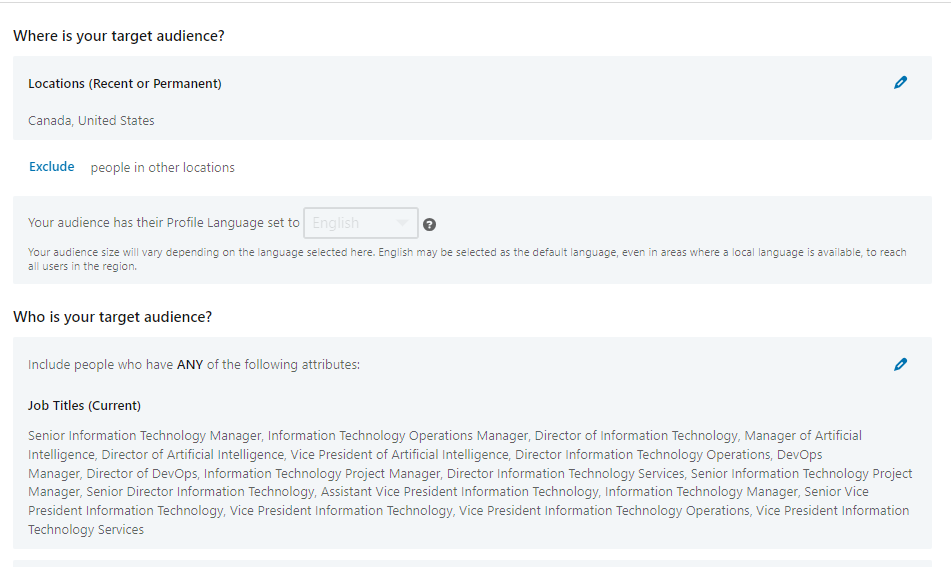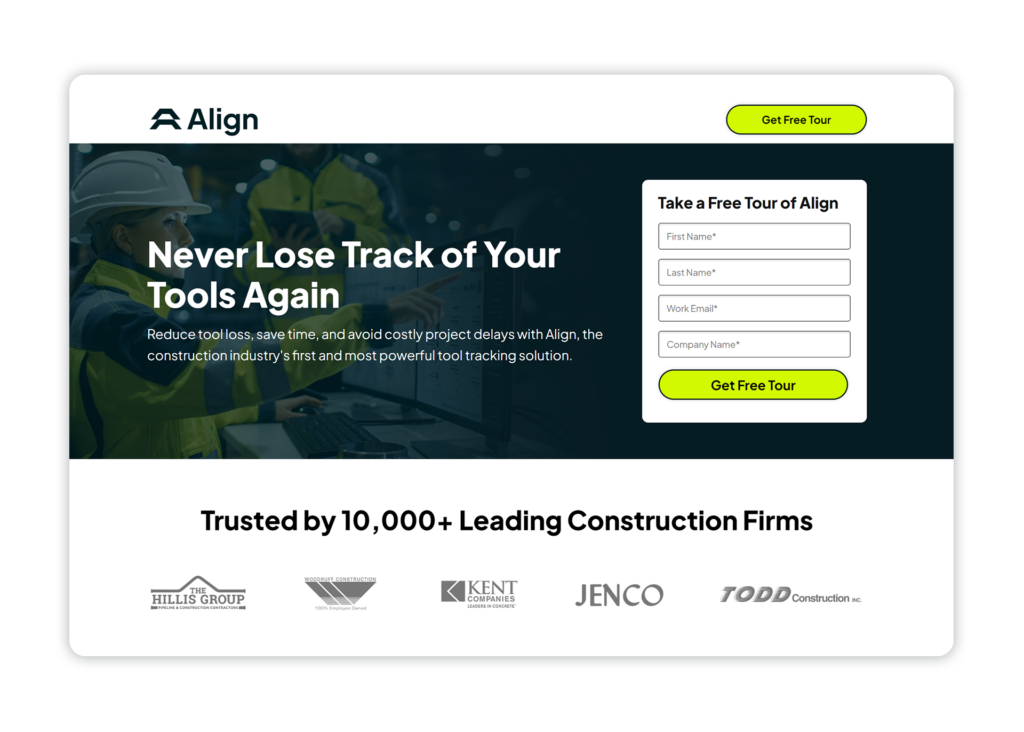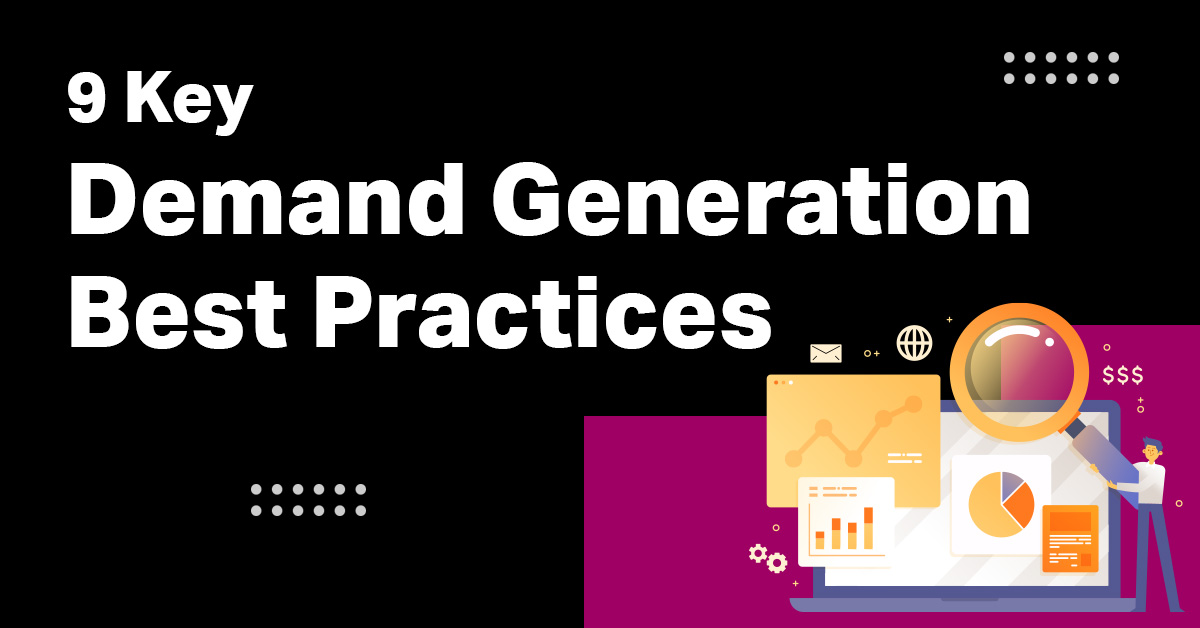One of the most vital tools in the arsenal of a marketer today is demand generation. Rather than just capturing attention that already exists, demand generation cultivates interest where it doesn’t yet exist.
Excelling at lead generation is a valuable skill for marketers, because it nurtures prospects and converts them into loyal clients. However, demand generation is what creates those prospects in the first place, making it just as vital a skill, if not more so, for marketers to master. Knowing the most effective demand generation strategies and tactics will be a big boost to your business.
In this blog, we’ll dive into some of the most effective demand generation best practices, explain why they matter, and help you enhance your marketing efforts so that you can achieve consistent, sustainable growth.
What Is Demand Generation?
We’ve previously discussed the specifics of demand generation in other blogs, but to reiterate: While lead generation is the process by which marketers capture attention in products or services and convince people that their brand is the one to choose, demand generation exists to inspire people to have that attention in the first place.
Let’s use a B2B example: Let’s say your business offers electronic tracking of tools and equipment for construction companies to reduce loss and prevent theft.
If an executive at a construction company goes to Google (or their search engine of choice) and looks for “electronic tool tracking app,” your ads might come up in the search results, at which point they could visit your web page, fill out a contact form, get a demo and ultimately become a customer. This is lead generation – capturing the interest and attention of someone who is already searching for brands like yours.
However, what if said executive doesn’t know that electronic tool trackers exist? What if they’re frustrated by red ink on their balance sheets, or trying to reduce theft and loss on their job sites? The job of demand generation marketers is to reach out to these individuals, to try and educate them that other options exist. Going on a podcast listened to by stakeholders and telling them “hey, this great solution exists to your problem” – which gets them to go to their search engine of choice and learn more – is demand generation.
So, to sum up: Unlike lead generation, which focuses on capturing contact information and persuading already interested shoppers to choose your brand, demand generation is about creating that interest – generating demand – for your offerings in the marketplace.
Now that we’ve demystified demand generation, let’s look at some demand generation best practices.
Best Practices for Demand Generation
1: Understand Your Target Audience
The foundation of any successful demand generation strategy, whether B2B or B2C, is to understand your target audience. Who is the ideal market for your product or service? What are their pain points, their challenges, their needs? How do they make purchasing decisions? For instance, if you’re a B2B brand whose market is more in the SMB space, you might be dealing with solo decision-makers who can be persuaded to sign up – but if you’re targeting enterprises, your potential customers will likely have to have their purchase decisions approved by a board or other supervisor.

Source: BigPanda
Developing buyer personas is a great, effective way to achieve this. Think about your prospective customers not just as faceless data points, but as people. What do they want to achieve? What problems do they have that your product or service exists to solve? How can you help them understand that your brand exists as a solution?
Base your buyer personas on real data and insights from your existing customers – don’t just think about the sort of client you’d like to have, think about the ones you actually do.
2: Use the Right Kind of Content Marketing
The currency of demand generation is content.
Think about it: Ideas usually don’t spring, fully formed, into our minds. They come from somewhere – usually, something we’ve watched, read, or listened to.
High-quality, relevant content is vital to lead generation as well as demand generation, but the difference is, primarily, in the spots that they exist. When you use content, like blogs on your site or downloadable ebooks, to engage prospects and move them through the sales funnel, that’s great for lead generation… but it doesn’t do anything to generate demand, since you’re only capturing demand that already exists.
Great content marketing that helps with demand generation looks more like pre-roll ads on YouTube videos or going in highly relevant podcasts – essentially, getting in front of the eyeballs of people who aren’t already searching for your brand and its offerings.
If you can offer valuable insights at this stage, people will be more inclined to seek out what else you have to say and offer, which will help you guide a prospective customer through the buyer’s journey.
3: Use Social Media (But Strategically)
There are meaningful differences between B2C and B2B marketing, of course, but in other respects, they’re not as different as you might think. Businesses are made up of people, after all, and that includes key decision-makers. The average person spends 145 minutes – over two hours! – on social media every day. So, knowing how to properly and strategically reach out to prospects on social platforms is a vital skill for demand generation marketers.
As previously mentioned, LinkedIn is an ideal platform for B2B demand generation marketers, due to its professional focus and specific targeting options, while platforms like Instagram, TikTok, YouTube, and Reddit might cater more to B2C advertisers. However, don’t neglect other platforms. Facebook, for instance, is still the most widely used social platform in the world, and makes a key backbone for demand generation on social media, whether B2B or B2C. Also, even more B2C-oriented platforms are used by B2B stakeholders, so feel free to get creative.
Your plan for social media demand generation should focus on a mix of paid social media ads as well as organic posts that establish your brand and help you build credibility and relationships with your potential customers.
4: Use Both SEM and SEO
We’ll touch on this more in a second, but part of demand generation is knowing how to turn the interest you’ve created into leads and sales. A common debate when it comes to the most effective demand generation strategies is whether this is more effective with organic search engine optimization (SEO) or paid advertising through search engine marketing (SEM).
This is a false dichotomy. SEM and SEO don’t compete with each other – they complement each other. SEM can be a big instant boost to a business, targeting relevant customers with paid ads that can help you immediately start getting traffic. This is great for newer businesses or for launching new products or services.
SEO, on the other hand, is a bit of a slow burn – but it’s an effective way to build credibility and get free traffic from organic methods. The two go hand in hand, with increased SEM traffic helping to build your brand’s reputation, which in turn can help it with higher SEO prominence.
We’ll talk about the importance of demand capture in just a moment, but suffice it to say: Both SEM and SEO should be part of your demand generation tactics.

5: Take Advantage of Account-Based Marketing (ABM)
Okay, this one’s just for the B2B marketers – at least for the time being, since they haven’t invented an AI tool that lets you reach out to each individual consumer, Minority Report-style.
ABM is a labor-intensive but highly effective marketing strategy that treats each account as a market of one. In account-based marketing, you identify critical accounts that you want to target and convert into customers. For example, using our construction tool business from before, you might research the biggest construction companies in your area and then target them with highly tailored messaging.
In the times before digital marketing, this might involve flyers or other mailers designed with specific messaging in mind to be as effective as possible. Today, thankfully, the best ABM marketers have more precise and less clunky tools at their disposal. For instance, in the B2B demand generation space, LinkedIn is an incredibly potent platform that lets you not only reach out to businesses that you want to have as customers, but also the specific stakeholders and decision-makers at those companies.
Account-based marketing lets your marketing and sales teams collaborate to create highly personalized buying experiences for high-value accounts. When you’re trying to reach out to people who aren’t yet searching for brands like yours, this can be invaluable.
6: Demand Capture Is Just as Important as Demand Creation
Thus far, we’ve been talking about demand generation as though it’s entirely separate from lead generation.
It’s not.
Demand generation, as a concept, can be broadly divided into two phases: Demand creation and demand capture. Thus far, we’ve largely been talking about the demand creation phase – that is, the phase where you reach out to people who don’t yet know your brand (or brands like it) exists and explain to them just how products and services like yours can help address their pain points.
But what happens when they start looking?
If you aren’t in the right place, strategically, to take advantage of the demand you’ve created in prospective clients, your competitors will reap the benefits of your hard work. This means you need to:
- Optimize your website for conversion. If you’re running paid ads on search engines like Google and Bing, best practices for demand generation and lead generation alike say that you should send visitors to highly optimized landing pages designed to get conversions.
Great – definitely do that! But don’t forget that people will come to your site through other means, too. For instance, if you’ve been writing blogs that are designed around SEO, you could get organic traffic from people you’ve convinced to start searching for your offerings.
Your website is often the first point of contact between your brand and a client, and optimizing it for conversion is critical. The website should be visually appealing, easy to navigate, and optimized for lead capture with clear CTAs.

- Implement lead nurturing. Not everyone is ready to make a purchasing decision right away – and that’s okay. That’s especially true if you’re a B2B brand targeting larger businesses where purchases might need to be reviewed and signed off on by multiple stakeholders. You should be ready to have a proper lead nurturing strategy, maintaining engagement with warm leads through targeted content, follow-ups, and personalized interactions. With your brand at the top of a decision-maker’s mind, it will gradually help them move towards a buying decision.
- Invest in both SEO and SEM. As we previously discussed, oeople debate all the time whether SEO or SEM is a better fit for your demand generation strategy, but we prefer to think of them more like the two wings of a bird: If you don’t have both, you’re going to be going in circles. Paid advertising on search engines (SEM) and capturing organic search traffic (SEO) are both vital parts of any good demand capture strategy, and will help your business capture multiple types of prospective customers.
6: Consider “Demand Damming” to Get More Clients
Demand generation, as you might be able to tell from this blog, is no small amount of work. But what if you can take advantage of the work of others in generating demand – but capturing it yourself?
Much like a dam diverts the flow of a river, demand damming helps divert the flow of clients to your competitors. Let’s say that you and a competitor both offer differing solutions for an issue. For instance, if your ecommerce business sells self-repairing tires for bicycles, you could target keywords for things like bicycle tire repair kits.
Targeting the keywords your competitor might be targeting and positioning your brand as a positive, more effective alternative, will help drive the demand they’ve created into your own lead nurturing path.
Note: As always, remember that you can’t use competitors’ brand names in things like ads or they will be disallowed by ad platforms. However, you can use competitors’ brand names in things like blog posts on your own site.
Also, keep in mind that your competitors can do this exact same thing to you in return, which is why having a strong demand capture/lead generation process is so vitally important.
7: Measure, Analyze, and Optimize
It’s possible that you’re a demand generation savant, who gets it perfect on the first try and doesn’t need to ever improve their demand gen campaigns.
However, odds are, you’re only human – and that means you’ll need to take the time to learn and get it right. You should be tracking your demand generation campaigns as best as possible, learning what works, and what doesn’t.
This is slightly more tricky because a lot of demand generation doesn’t produce immediate results. For instance, if you have a pre-roll ad on YouTube or go on a podcast, and someone remembers your brand and searches for it months later, how can you know that this particular lead was due to your demand generation activities?
One great tool is simply to ask prospective clients where they heard about you. It’s as simple as that! It’s also one of the few reliable methods that helps accurately track info in a world where tracking pixels and the like might not be as effective.
Either way, you need data. A/B testing is paramount here, and helps you refine both your methods and your messaging. Analyze your results, and then do another round so that you’re always improving and optimizing your demand generation efforts.
8: Work With the Pros
As we’ve mentioned – and possibly demonstrated – demand generation can be highly lucrative, but it does involve a lot of hard work. The learning curve can be steep, and it can be a while before your demand generation strategies really start producing results.
So why not skip the learning phase by working with proven professionals who know what they’re doing? Hiring a tried-and-tested demand generation agency is a great way to supercharge your B2B and B2C demand generation right away. After all, experienced demand generation marketers know all of these demand generation best practices – and more.
Want to get started with great demand generation for your business? Contact SevenAtoms today.


